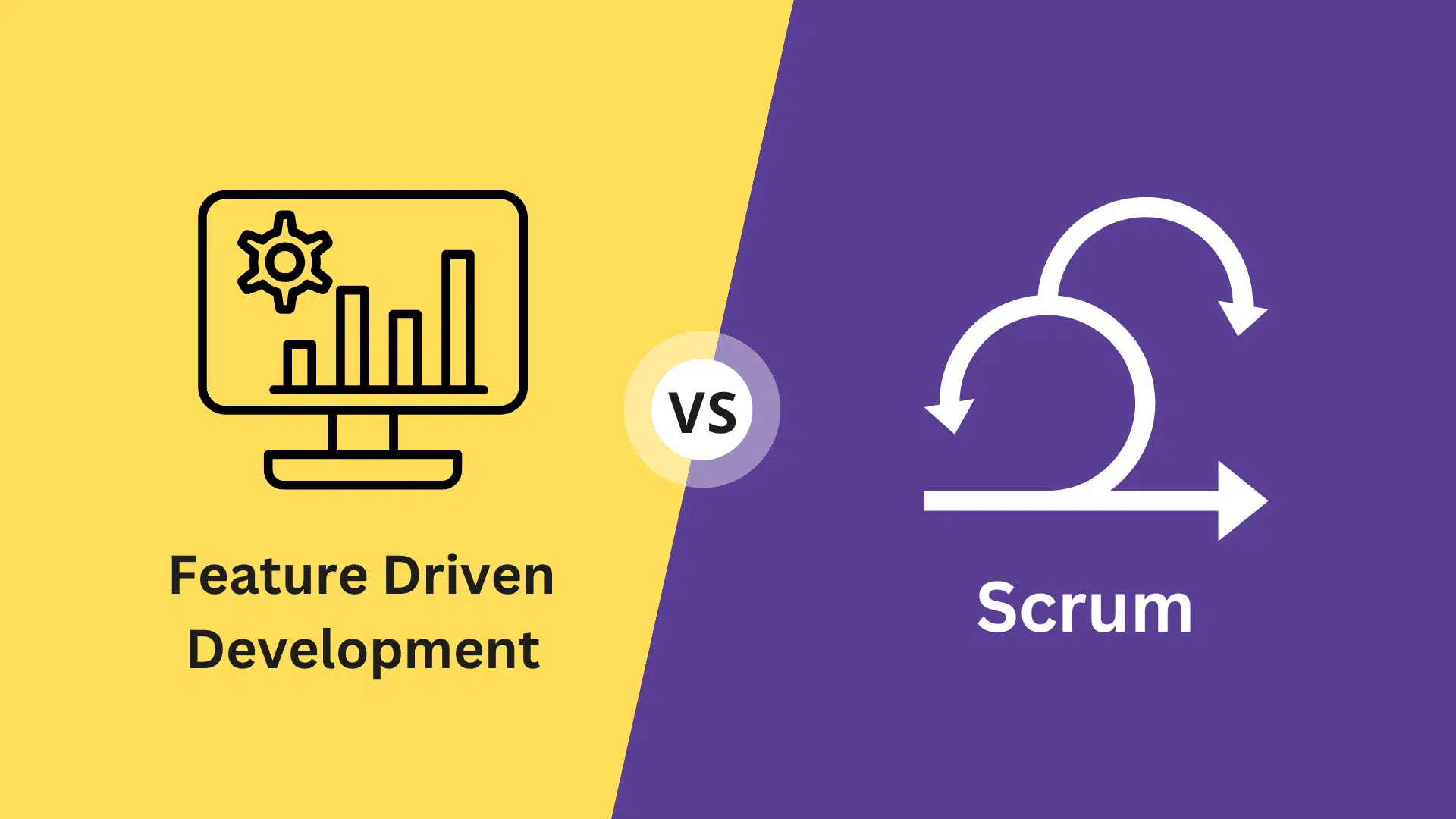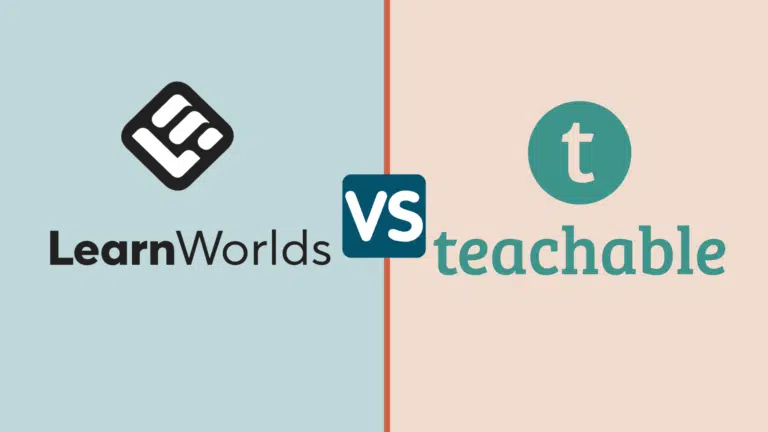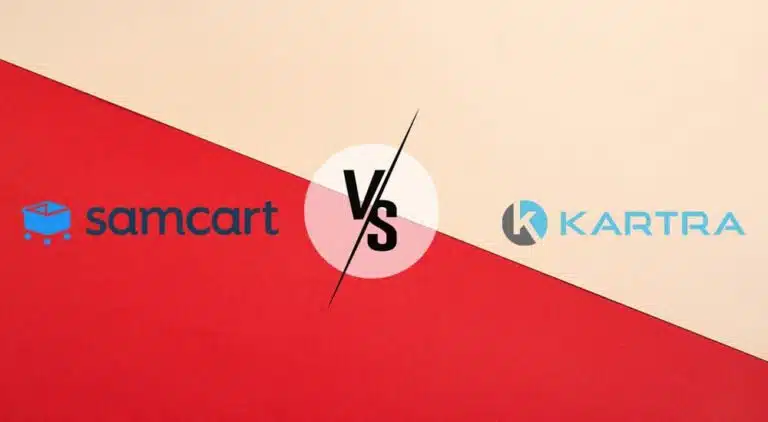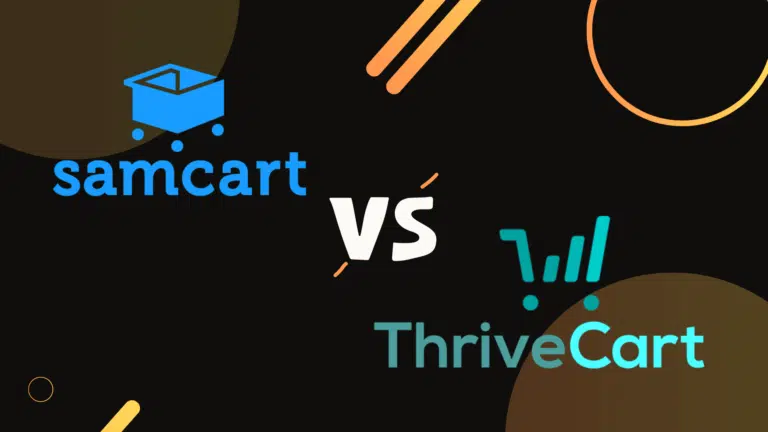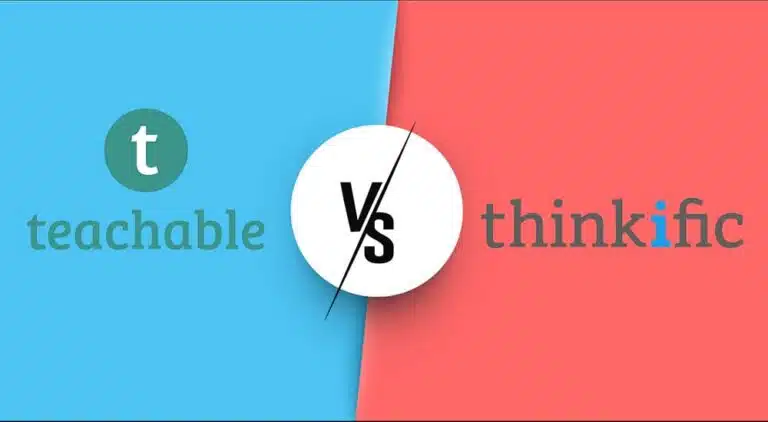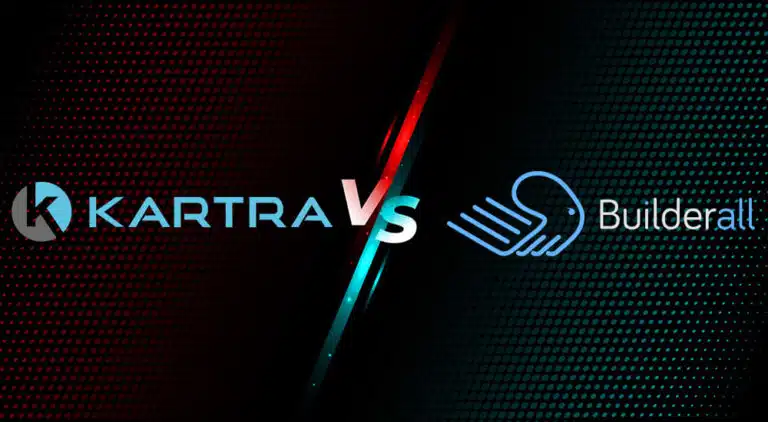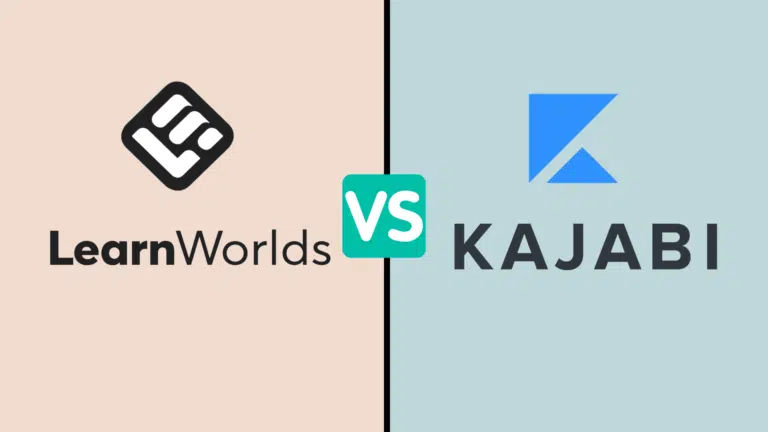Feature-Driven Development and Scrum are Agile frameworks that assist with software project management. Unlike traditional frameworks, these methodologies focus on customer involvement, feature development, and adapting to changing requirements.
In today’s blog post, we will discuss Feature-Driven Development (FDD) and Scrum, as well as the key differences between these Agile frameworks.
Let’s get started.
What is Feature-Driven Development (FDD)?
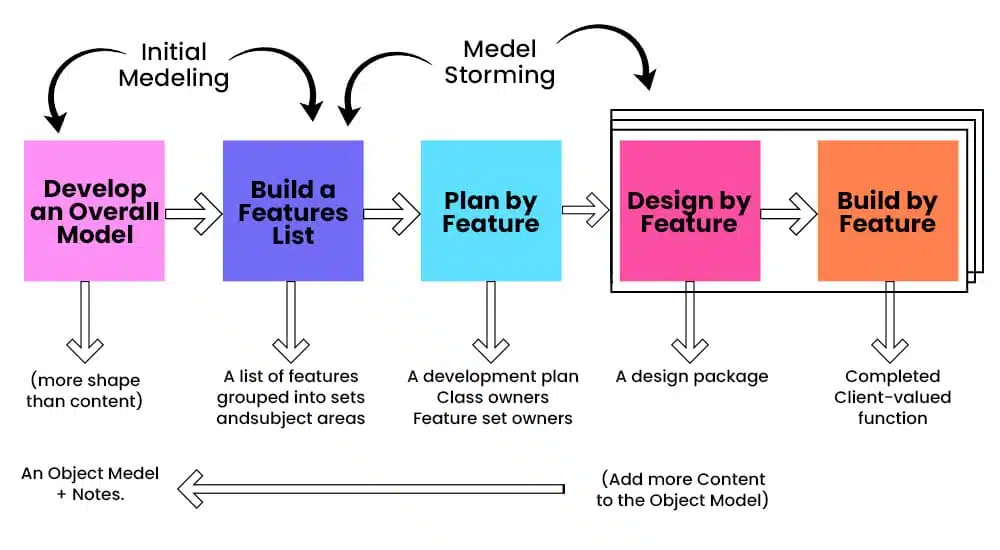
Feature-Driven Development (FDD) was first used in 1997 during a Singapore bank project. Jeff De Luca, Peter Coad, and a team of experts developed and refined the FDD methodology.
Feature-driven development (FDD) methodology focuses on building software incrementally by breaking it down into well-defined features. It is an iterative approach to software development that delivers prioritized features systematically.
This Agile framework is useful for projects with well-defined requirements and a clear understanding of the system’s domain.
Some key features of FDD are as follows:
Feature-Centric: The FDD process involves identifying, designing, and implementing individual features. Each feature has a distinct functionality, which can be developed and tested independently.
Iterative and Incremental: Development occurs in short iterations that are a few weeks in duration, during which time, features are selected for implementation. After each iteration, the software is updated with new features.
Domain-Object Modeling: FDD emphasizes the creation of a domain-object model, which is a visual representation of the key business concepts and their relationships within the software system. This model makes it easier to understand and design the system.
Feature Teams: FDD encourages using feature teams. Each team is responsible for developing features. This promotes collaboration and specialization among team members.
Five Process Activities: FDD comprises five primary process activities:
- Develop an Overall Model: Create an initial domain-object model to understand the system’s scope.
- Build a Feature List: Identify and prioritize features based on customer needs.
- Plan by Feature: Plan the development of each feature, including design and implementation.
- Design by Feature: Develop detailed designs for each feature.
- Build by Feature: Implement, test, and integrate each feature individually.
Regular Inspection and Review: Frequent inspections and reviews will ensure that the developed features meet quality standards and align with the project requirements and objectives.
Emphasis on Quality: FDD emphasizes building a robust, maintainable codebase through design and code inspections, code reviews, and continuous integration.
What is Scrum?
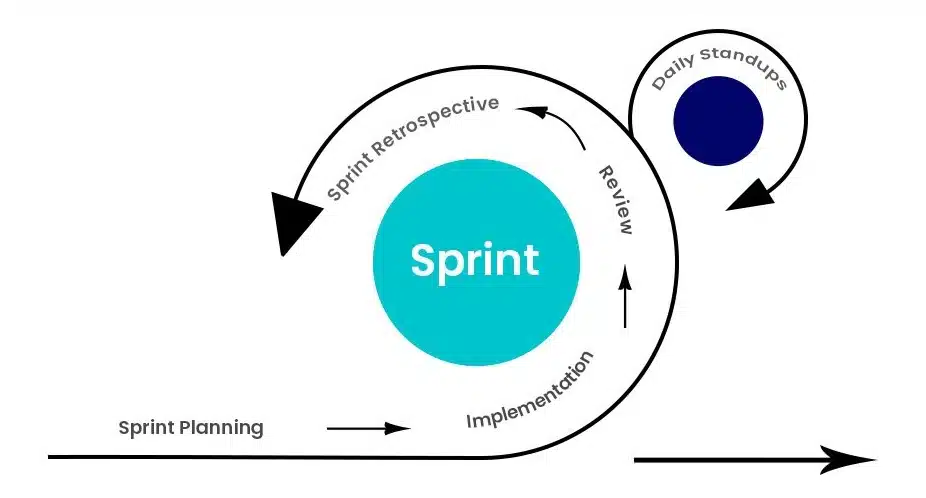
Scrum is the most popular Agile framework for managing and delivering complex software. Agile teams are cross-functional and focus on delivering value iteratively and incrementally. Scrum is known for its flexibility, transparency, and adaptability.
Scrum promotes a collaborative and customer-centric approach to development. It enables teams to respond to changing requirements and deliver value predictably and sustainably.
Here are some key features of Scrum:
- Iterative and Incremental Development: Scrum teams work in short cycles called “sprints,” which are 1-2 weeks long. Each sprint delivers a working increment of the product, which stakeholders then review and test. This iterative and incremental approach allows teams to get feedback and make changes as needed.
- Empirical Process of Control: Scrum is based on the empirical process of control, which means that decisions are made based on observed real-world data. This contrasts with traditional waterfall development methodologies, which rely on planning and documentation.
- Self-Organizing Teams: Scrum teams are self-organizing and responsible for deciding how to complete their work. This allows teams to be more flexible and responsive to change.
- Collaboration: Scrum is a collaborative process involving the product owner, Scrum Master, and development team. Each role has a specific responsibility, but they all work together to deliver a high-quality product.
Scrum also emphasizes the importance of transparency and visibility. All work is visible to the team and stakeholders, and decisions are made transparently. This helps build trust and accountability.
Scrum is a lightweight and flexible framework for developing any product or service. It is particularly popular in software development and used in other industries such as marketing, sales, and manufacturing.
FDD Vs Scrum
Although FDD and Scrum are Agile frameworks, they differ a lot. Scrum does not define any particular development or design technique, while FDD does. Also, Scrum focuses on a shorter feedback loop, and FDD has a longer feedback loop.
The key differences between FDD and Scrum are as follows:
Focus
FDD is feature-centric and emphasizes breaking the project into well-defined features and delivering them incrementally. FDD focuses on domain modeling, detailed design, and building features individually.
Scrum is process centric. It provides a framework for managing work in iterations (i.e., sprints) and emphasizes adaptability, collaboration, and regular inspection.
Development Approach
FDD is a phased approach where development begins with creating a domain model, followed by feature identification, design, and implementation. This framework is fit for projects with well-defined requirements.
Scrum is an iterative approach where work is organized into fixed-length sprints. It accommodates changing requirements and priorities during each sprint, making it suitable for projects with evolving or uncertain requirements.
Team Structure
FDD encourages feature teams, where each team specializes in developing specific features. Collaboration and specialization are key in FDD.
Scrum promotes cross-functional development teams that collectively handle all development aspects within a sprint. Product owners, Scrum Masters, and development team members collaborate closely.
Task Prioritization
In FDD, feature prioritization is based on customer needs and domain analysis. Features are selected for development based on their priority.
Scrum uses a product backlog, and the product owner prioritizes items. During sprint planning, the development team selects items from the product backlog for the upcoming sprint.
Iterative Nature
While FDD is iterative, its iterations often involve phases such as domain modeling, design, and implementation for each feature.
Scrum’s iterations (sprints) focus on delivering potentially shippable product increments. Each sprint includes planning, development, testing, and review activities.
Emphasis on Quality
FDD emphasizes quality through design and code inspections, reviews, and continuous integration.
Scrum encourages maintaining quality through regular inspection and adaptation but leaves specific practices (like code inspections) to the team’s discretion.
Flexibility
FDD suits projects with relatively stable requirements and a clear domain understanding.
Scrum is designed to handle changing requirements and is more adaptable to evolving project needs.
Summary
FDD and Scrum are useful Agile frameworks for different scenarios; they do not compete with each other. If you have well-defined requirements and the project demands agility, you can go for FDD. However, if you have unclear requirements, then you can select Scrum.

I am Mohammad Fahad Usmani, B.E. PMP, PMI-RMP. I have been blogging on project management topics since 2011. To date, thousands of professionals have passed the PMP exam using my resources.

